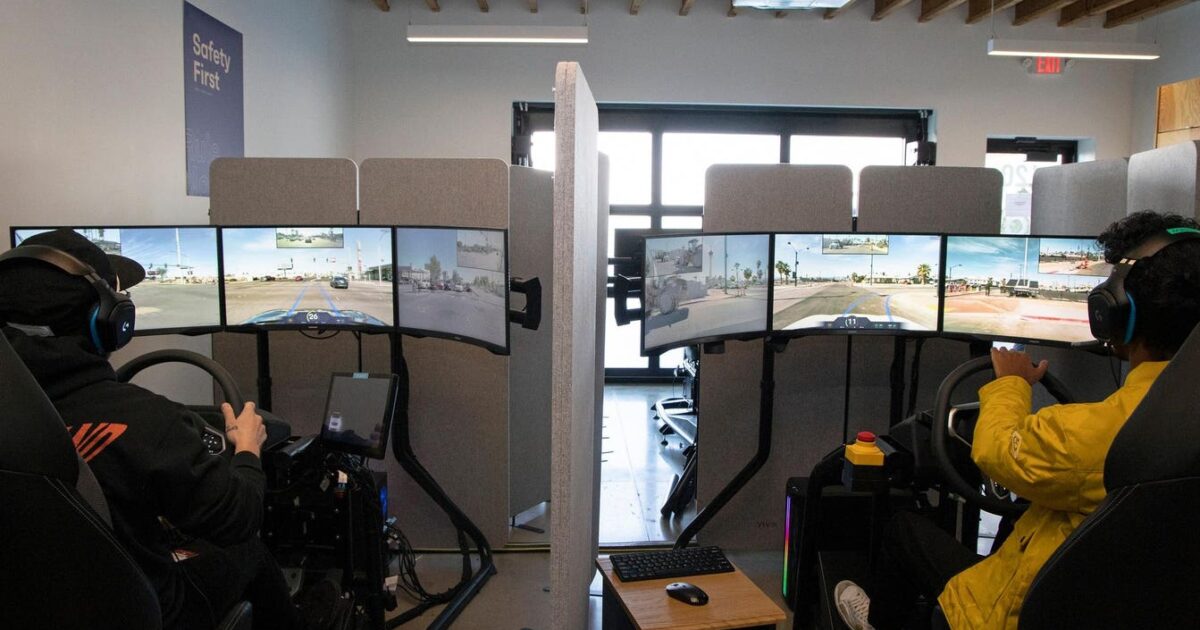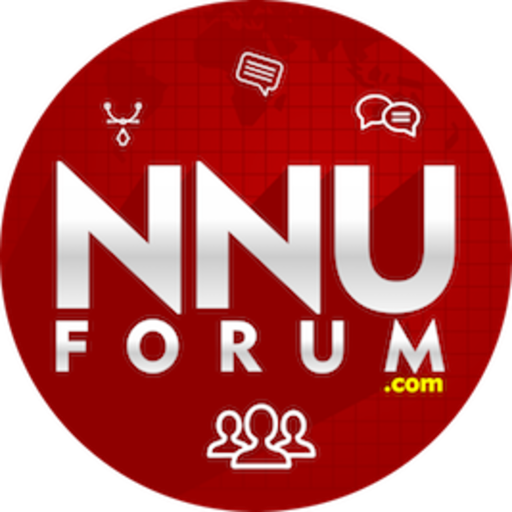Tesla Robotaxi Will Have ‘Lots Of Tele-Ops,’ Ie. Supervised FSD

Remote driving control room of Vay, a German startup which delivers cars remotely in Las Vegas … More
At a recent meeting with Tesla investors, a report from Morgan Stanley analyst Adam Jonas stated that Tesla said their Austin Robotaxi pilot will be “Invite Only. Plenty of tele-ops to ensure safety levels – we can’t screw up.” It was also re-reported that, as Elon Musk said during the earnings call, it will be a fleet of just 10-20 cars.
Elon Musk previously stated repeatedly that the vehicles in the Robotaxi launch will be “unsupervised.” It seems likely that they will be remotely supervised, and possibly sometimes remotely driven. That would make Tesla’s demonstration much less impressive then depicted.
There is rising speculation about whether Tesla can deliver a real service as promised by Musk in June. There have been no sightings of Teslas operating in Austin with no human inside for example. Consider Waymo’s launch time line in Chandler, AZ:
- First rides for the public with safety driver: April, 2017
- First operations with no human on board (no passengers): Nov, 2017
- First rides for the public with no driver on board: October 2020
Tesla is less cautious than Waymo, but it would be bold to do in less than a month what took Waymo 3 years of testing. It’s not a matter of technological capability, it’s the harsh reality that testing and self-certification take work and lots of time.
Both Cruise and Waymo tested extensively with safety drivers, and Tesla FSD has been used even more extensively by Tesla owners. Even so, both Waymo and Cruise discovered quite a number of problems after they finally removed their safety drivers. This “shouldn’t be” because in the final stages of safety driver testing, the safety drivers should be barely touching the controls, in anticipation of the time there will be nobody there to touch them. But they do, and not only do they resolve an immediate problem, they also preempt any problems that would have followed. A particularly common example were problems with emergency crews and unusual road situations. Encountering a fire truck, the safety driver would take the wheel and get the vehicle out of there. The software sometimes didn’t.
To help, I believe all teams (though they don’t talk about it) began no-safety-driver operations with constant remote monitoring. The remote monitors can’t drive the vehicle with a remote wheel, but they can hit a virtual “emergency stop” button and give strategic advice to help the vehicle decide what to do in the strange or dangerous situation. The vehicle then continues to do the driving, but with a strategic plan set by a human.
Aurora trucking, in their recent launch, was keeping a human in the back of the truck cab as well as having remote monitors. Due to the unease of their partner Paccar, they will be moving this person to the front seat. (Aurora did not respond to questions by press time on the exact role of this person.)
There are suggestions that Tesla plans to do more than just remote advice and do a mixture of remote advice and remote driving. Several companies have built remote driving systems. One, the European company Vay, operates a remotely driven car delivery service in Las Vegas today. Because connectivity can’t be 100% guaranteed, remote driving systems require a car that is capable of basic driving when the connection fails or latency gets too high. If a problem persists, they are forced to pull over as long term and strategic actions depend on the human.
That it will be invite only is obvious. With only 10-20 cars, there will be many very curious to take a ride and demand must be throttled. It is unknown if those who ride will need to do an NDA, as was the case with early riders for other services. On the other hand, in blue-voting Austin, there may be resistance to Elon Musk.
Tesla Safety Rate
Elon Musk’s claim, during the earnings call, that Tesla’s test vehicles in Austin were needing one intervention every 10,000 miles, raised some eyebrows. Tesla has not before released data on FSD’s safety performance, but Tesla drivers who collect data on their own impression of how often a “critical intervention” is needed have suggested the number is about once every 400 miles, and that this has plateaued of late. Unfortunately, the definition of “intervention” is very broad, which is why the mandated intervention reports in California (which Tesla has never submitted) are of low value. Some teams will re-run every intervention in simulation to decide if an actual crash would have taken place. The private Tesla owners can only go on their intuition of what would have happened if they had not grabbed the wheel.
Even so, a jump from 400 miles to 10,000 miles is a very large jump. Some jump is expected when you narrow the service area to jut a small set of streets in one town, and when you put extra work into training and fixing problems for that area, but even so it’s still big. Some have speculated Musk is not telling the truth, but there are special standards of truth when you make statements about facts in the present in an earnings call. (Statements about the future can be much less accurate.) As large a jump as it is, it’s not nearly enough to reach Musk’s stated goal of being considerably safer than human drivers. Human drivers have an accident that’s reported to insurance about ever 250,000 miles and to police every 500,000 miles. (It’s many times longer between airbag deployments, and on freeways, which is the only number Tesla reports for Autopilot every quarter.)
Musk has stated he’s betting the company on Robotaxi and Optimus. Tesla stock, which was hit hard after DOGE, has been bouncing back, partly in anticipation of the Robotaxi launch.
After promising that Robotaxis will be unsupervised, Tesla will probably state that they only meant that there will be no in-car supervision, so Tesla fans may not be disappointed. If there’s lots of remote driving, however, that’s a let-down because it’s not self driving, and not a product that really scales. (There is some economic benefit to remotely driven taxis, since it doesn’t need a human to wait during downtime like Uber does, though Uber doesn’t directly pay drivers during downtime.) But it’s not the revolution Tesla is promising, at least not for now. Tesla has a history with this–the Optimus demo in October 2024 was tele-operated. Tesla has also advertised for developers to make remote driving systems.
There is a big risk to Tesla if they deploy before they are ready. Two robotaxi teams, Cruise and Uber ATG, had severe encounters with pedestrians. Both teams, and one pedestrian, are now dead. The penalty for early mistakes is extreme. They need to launch something to avoid continuing their long streak of missed dates, but what they do launch matters a lot.
